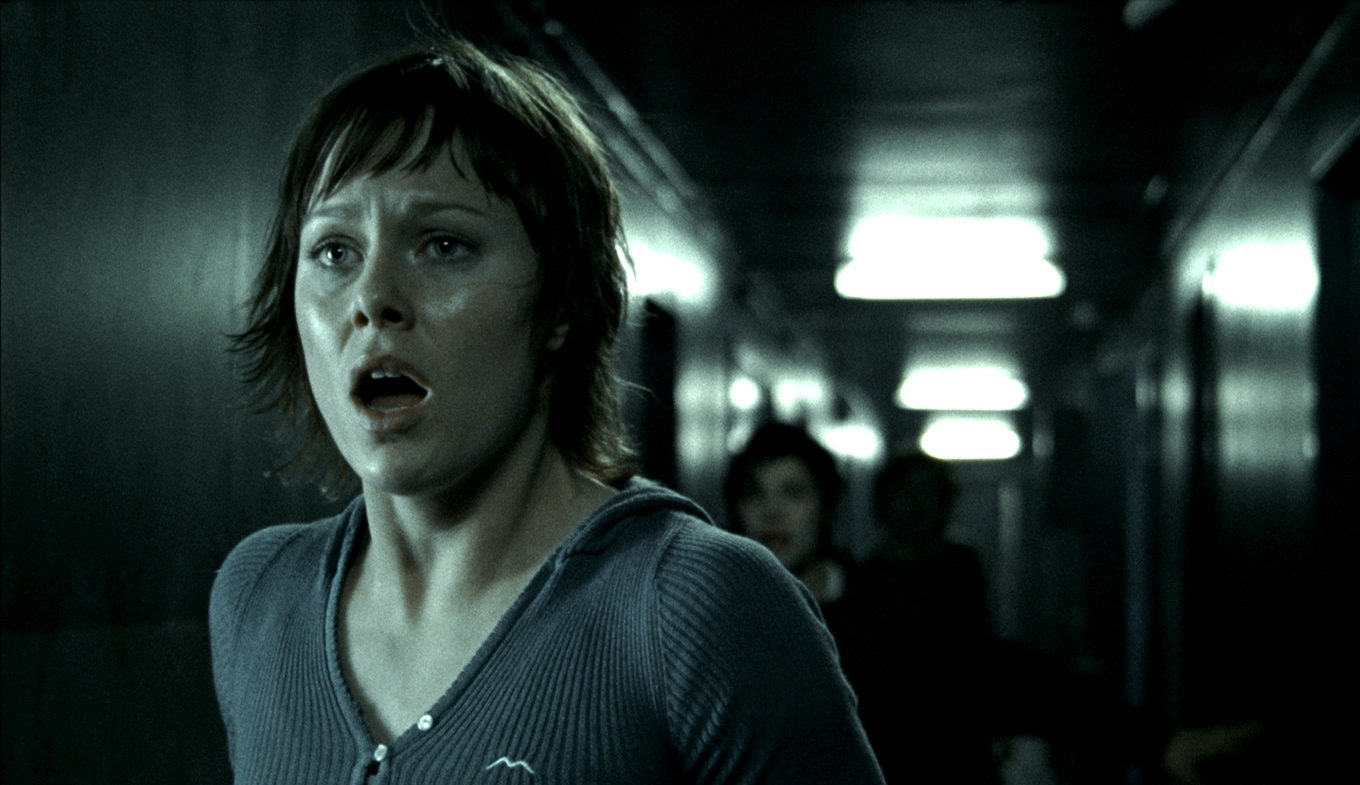
Hollywood is on the very top for many, and, considering how much money is invested in distribution and marketing, it isn’t surprising at all. Movies from the other side of the ocean, however, are left behind, though they certainly don’t lack in quality.
Aside from the fact that much less was spent on advertisement, the European films (and non-Hollywood ones in general) seem to have much courage and explore much darker themes, which was also a big factor to the mainstream audience, used to lighter pictures.
Here are 15 that got unfair treatment:
15. The Day of the Beast (1995) – Spain
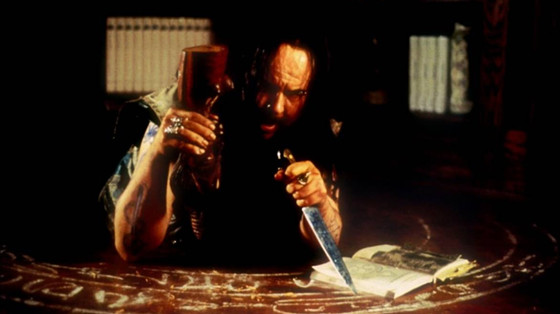
A perfect blend of black comedy, terror, and absurdity, this one never fails to entertain, if not to scare. It revolves around three completely different people: a priest, a death metal fan, and a journalist.
It was Alex De la Iglesias’s second full-length work and his best one to date. While certainly not for everyone, it’s a great watch for all open-minded horror comedy lovers.
14. Schramm (1993) – Germany
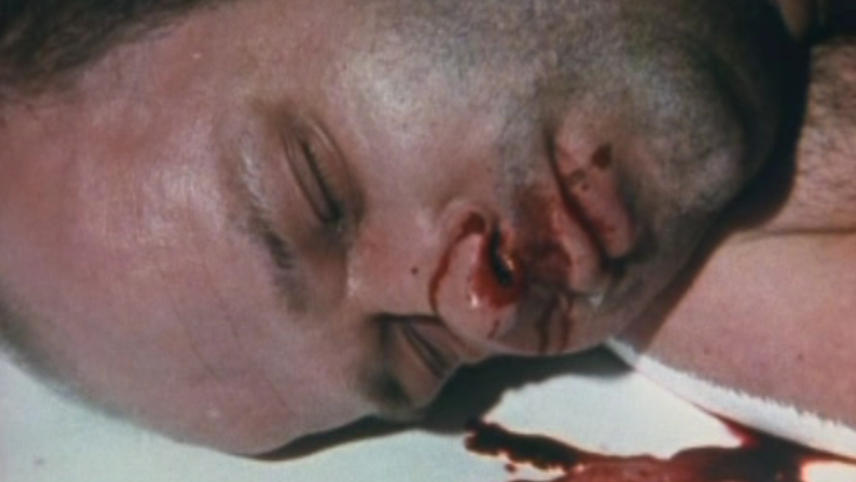
Jörg Buttgereit gained infamy for his 1987 “Nekromantik” and its sequel. Both were praised for breaking taboos and criticized for the graphic sexual scenes. He went on to make a serial killer movie in 1993, titled “Schramm”. Like most of his opus, it was made on a tight budget, but, unlike his previous works, this one didn’t cause controversies, nor any significant praise from the reviewers.
And things didn’t change with time. “Schramm” isn’t particularly famous, even though it was superior to the predecessors in a lot of aspects: it had better cinematography, good acting, and a great villain.
13. In a Glass Cage (1986) – Spain
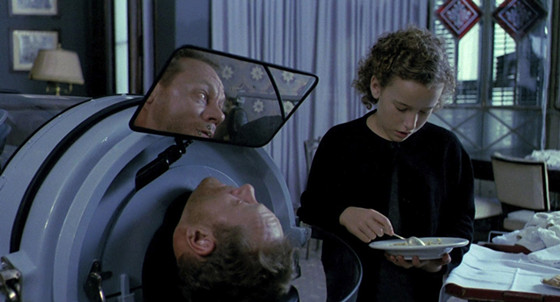
Very similar to “Salo”, “In a Glass Cage” features a mysterious story, slow build-up, and a gut-wrenching climax. Unlike Passolini’s much more famous work, this one uses the violence and shock smartly but takes much more time to get to the peak, so if you don’t mind waiting a bit, you’ll certainly be rewarded.
It starts with a short sequence of a middle-aged man torturing a naked, tied up boy in an abandoned building. After that, he jumps from the roof, presumably trying to kill himself. He survives. Unknown to him, somebody watched the whole thing.
As a consequence of the suicide attempt, he has to live in an iron lung. And because of his crimes, he’s hiding in an isolated village in Spain. We find out that his name is Klaus. His wife can’t stand him anymore and thinks it’s necessary to find a nurse as soon as possible. Young Angelo comes one day, applying for the job. Klaus insists on hiring him. Then the torment begins.
A harrowing tale of revenge and a great horror movie, “In a Glass Cage” is frequently listed high on lists like this one, but it’s still standing in the shadow of “Salo”.
12. Cold Prey (2006) – Norway
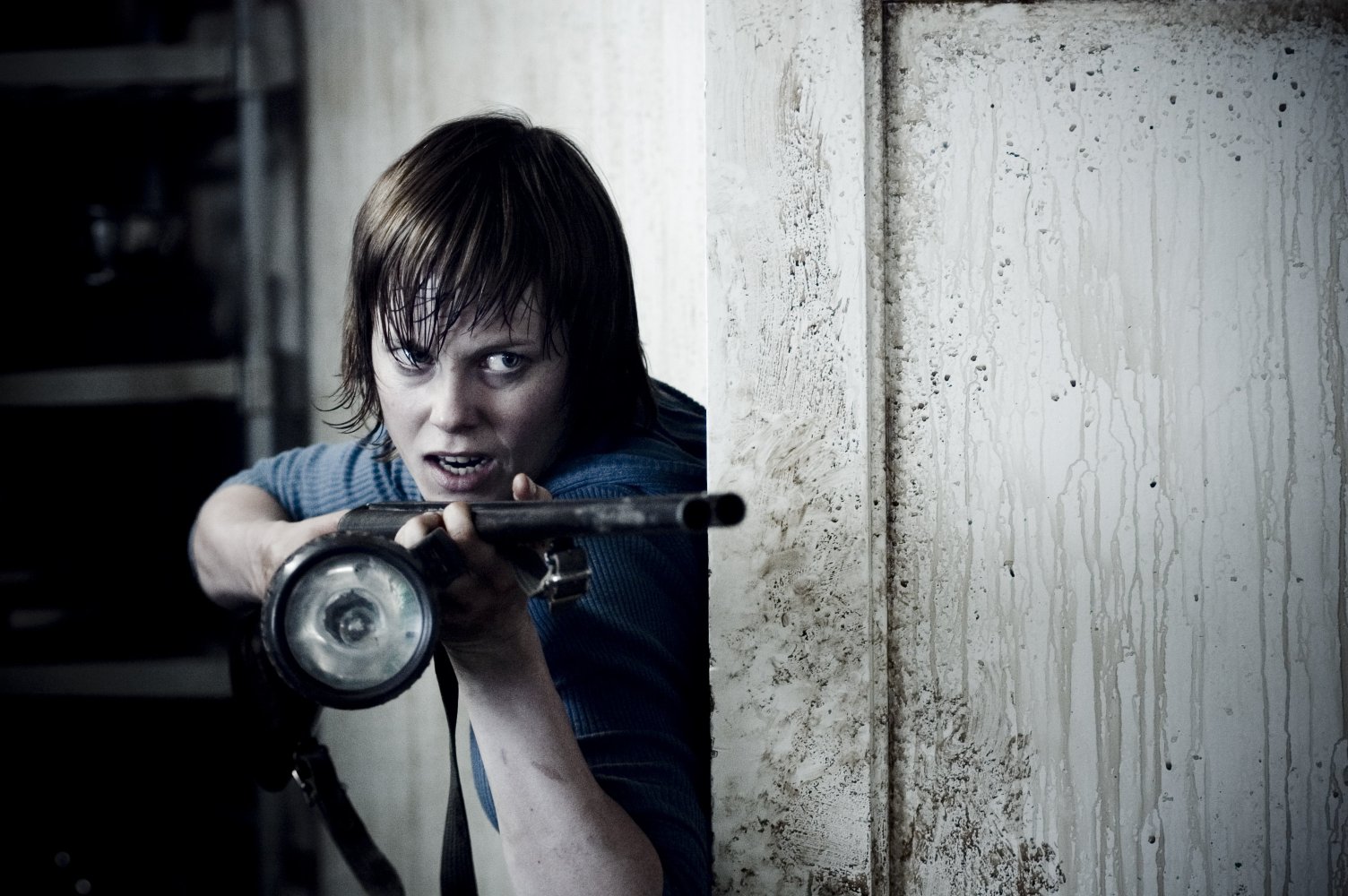
We have all been witnesses of the slow decay of slashers. To be honest, the genre had its flaws even at the peak of the fame, but it got worse with time. A lot worse.
Remakes became a trend. Dozens were made, and almost no legendary slasher avoided being remade. These were mostly box office successes, yet seldom gave us something experienced moviegoers could truly enjoy. “Cold Prey” was one of the rare surprises.
The plot was simple, and, on paper, so worn-out that it couldn’t work in the 21st century. But it managed to bring us entertainment, and a few scares, too. The sequels weren’t up to par, but no one can deny the charm of the first flick.
11. Reflections (1987) – Yugoslavia
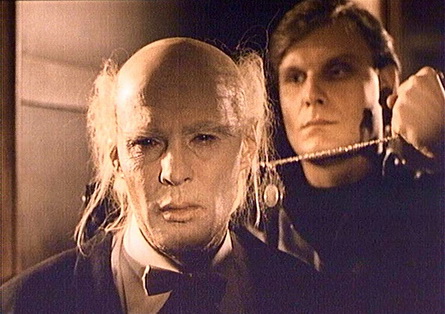
Goran Marković is one of the greatest when it comes to cinema in former Yugoslavia. Movies like “Special Education”,”National Class”, “The Meeting Point”, became cult flicks among the folks of the Balkans. This one, however, remained an unknown work of his and a hidden piece of European horror.
The story revolves around Mihajlo, a piano teacher. He was once a great pianist but hasn’t touched a piano in decades. He works in “Braća Jakovljević” university. Colleagues consider him a weirdo, and he’s living alone, without any family or friends. His life completely changes when he meets Olgica, beautiful yet much younger woman, who agrees to go out with him.
Unlike him, who is shy and modest, Olgica always tells what’s on her mind and argues with everyone. As he continues the toxic relationship with her, it becomes obvious that his mental health is extremely fragile. It all culminates in a merciless carnage, then everything cools off before the ending that leaves us wondering.
Despite an immensely talented cast, careful tension building, a great script and it being included on BFI’s list of 100 European Horror Movies, the film sadly never got popular among the audiences.
10. The House With Laughing Windows (1976) – Italy
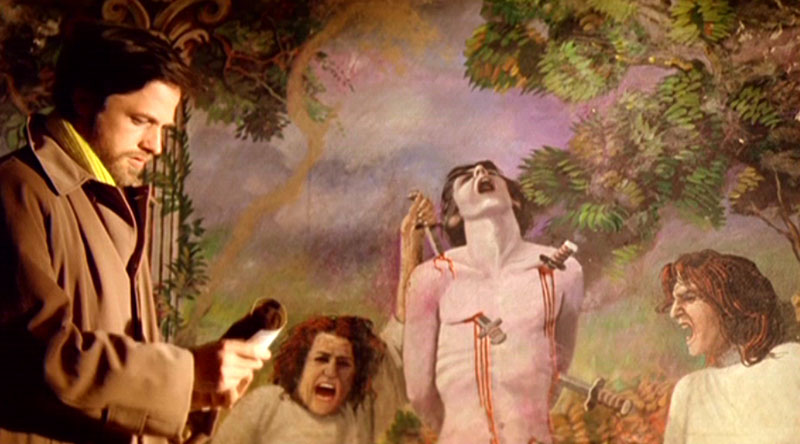
Pupi Avati is, quite unfairly, a little-known name. His 1983 “Zeder” is also a great and underrated flick, but nothing can surpass “The House With Laughing Windows”, a brilliant, brutal giallo.
It’s about a man with a mission to restore an old church painting. He gradually learns the history behind the church and the artist. And it’s horrifying.
With stunning cinematography and solid acting, it’s a wonder it isn’t much known, with the exception of giallo fans.
9. Eyes Without a Face (1960) – France
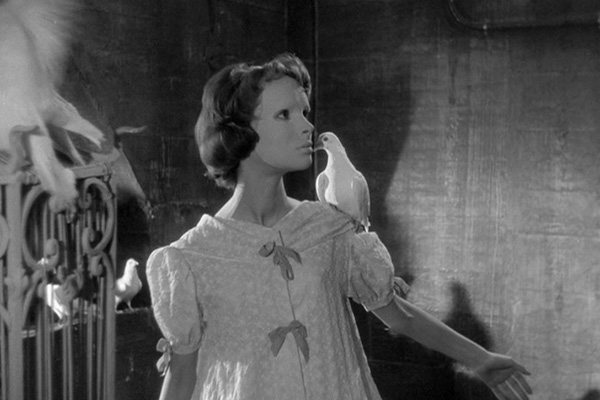
To call this movie bizarre would be an understatement. It was made by Georges Franju, and it’s the most popular work of his, and the most popular pick on this list, though it still doesn’t get enough praise. It’s one of the finest films of the 60s and a terrifying horror flick.
The main characters are Doctor Genessier, a surgeon, and his daughter Christiane, that “lost” her face in a car accident caused by her father, and now must wear a mask. Using his skills, the doctor is trying to get her a new face, and he’ll do anything for the goal, even if it means committing some pretty immoral acts.
When it came out, it was met with negative reviews. The opinion of the critics changed over time, but, despite the fact that it got relatively popular lately, it needs more recognition among the audience.